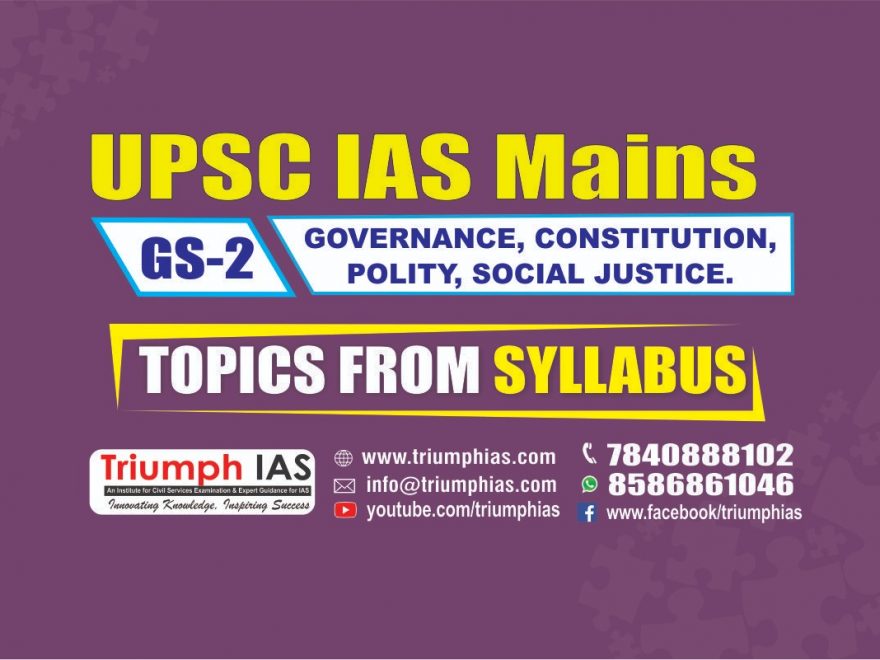Relevance: mains: G.S paper II: Development processes and the development industry- the role of NGOs, SHGs, various groups and associations, donors, charities, institutional and other stakeholders
Why in news?
For the greater part of February, over 2 lakh anganwadi workers have been agitating for their demands in Maharashtra.
In Bihar, cooks under the mid-day meal scheme (MDMS) in schools also went on a long strike in January demanding a pay hike.
Why is it significant?
These anganwadi workers and cooks are among the ―scheme workers‖ across the country who bring the central and state governments’ social welfare schemes to the people.
In effect, they are the ambassadors and implementers of these schemes, many of which are flagship schemes of the respective governments.
- Despite their crucial role in welfare services, scheme workers continue to struggle for recognition of their rights.
What is the role of scheme workers in development & welfare?
- All across India, these scheme workers provide core services in basic areas like health, education, and nutrition.
- Termed as ―volunteers, they are poorly paid, carry a heavy workload, and are not eligible for any benefits that government employees get.
- There are around 27 lakh anganwadi workers and helpers, predominantly women, under the ICDS, a similar number under the MDMS, around 10 ASHA workers and urban social health activists (USHAs), and around three lakh auxiliary nurse midwives (ANMs), all under the National Health Mission.
- Considering their job descriptions and scope, it is obvious that this femaledominated workforce performs a crucial role involving the welfare of marginalised sections.
- They are the “face” and “hands” of social welfare schemes that cover pregnant women, children, the ill, and the malnourished.
What are their concerns?
- Workload: Their unions point out that, despite their workload, they are also expected to carry out government surveys and data collection drives.
- Low Wages: However, not only are these workers not considered government employees, they are also paid ―honorariums‖ that are disproportionate to the responsibilities they shoulder.
- The unions have also pointed out that the various budgetary cuts in different schemes add to their insecurity and their burden of responsibilities.
- The anganwadi workers’ unions also allege that the government is attempting to close down those anganwadi centres that have less than 25 beneficiaries. What are their demands?
- Recognition: The demands of the workers currently on strike include the implementation of the ILC’s recommendations that central government scheme ―volunteers should be recognised as workers, get minimum wages and pensions, and have the right to bargain collectively.
- Social Security: They also demand coverage under the Employees’ Provident Fund and Employees’ State Insurance schemes, adequate financial allocation for the schemes, commensurate infrastructure, and the stemming of attempts to privatise some of these schemes by involving non-government entities to implement them.
What lies ahead?
- These workers have pointed out that their work is undervalued and their demands have been ignored because their work is treated in the same way as all ―women’s work is treated.
- The attempts to privatise and cut budgetary allocations to these schemes are also part of the state’s larger move to divest itself of its core responsibilities.
- The struggle of these workers, therefore, must be recognised as going beyond just the economic demands of a section of workers.

